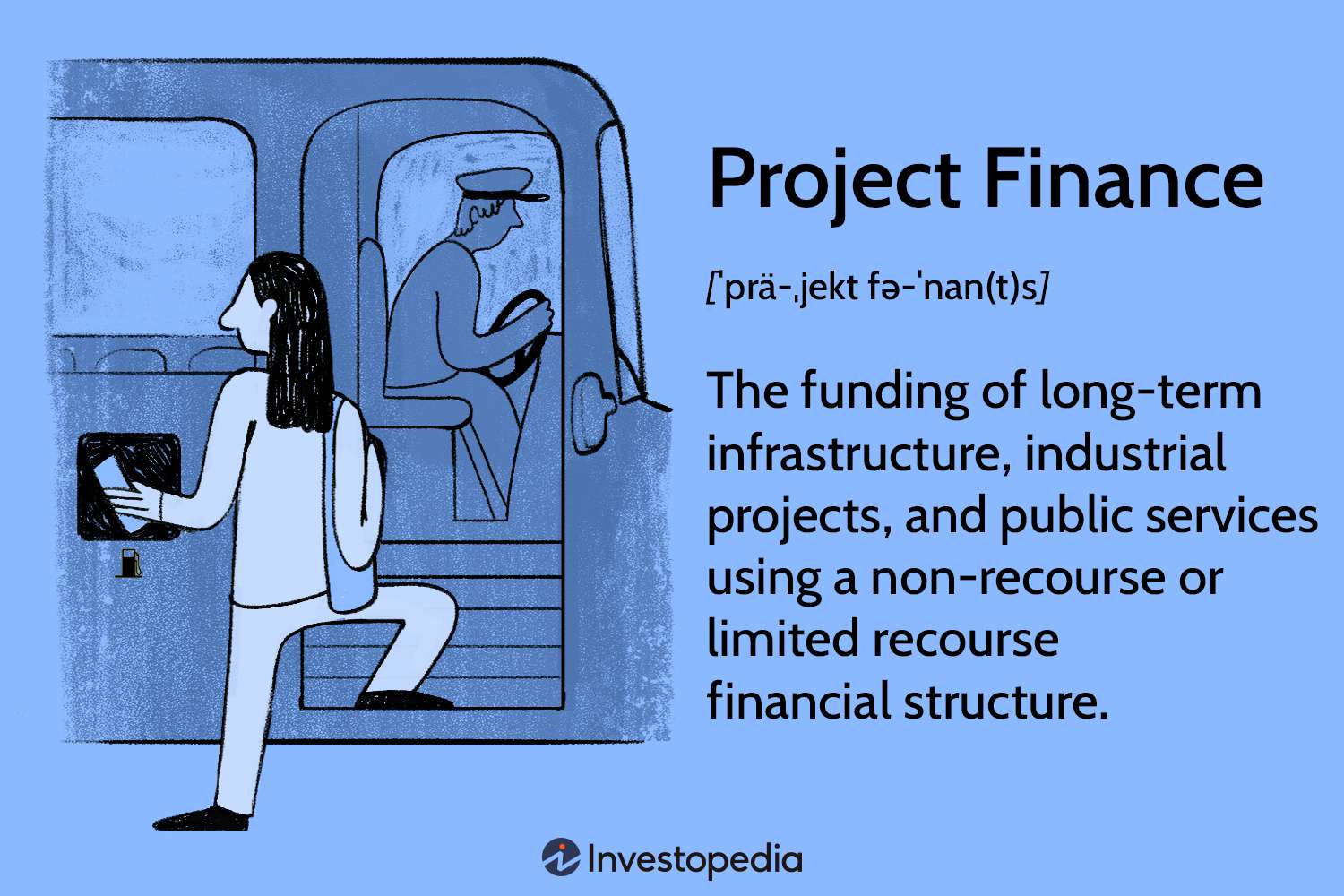Project finance is a complex and strategic approach to funding large-scale infrastructure and industrial projects. It involves the creation of a financial structure that’s tailored to the specific project, with its revenue-generating potential as the primary source of repayment.

Credit: www.linkedin.com

Credit: medium.com
Table of Contents
Project Finance vs. Corporate Finance
When it comes to financing large projects, project finance stands in contrast to corporate finance. Unlike corporate finance, which relies on the overall resources and credit of a company, project finance isolates the finances of a specific project. This approach helps to minimize the risks for the sponsoring company or government, as the project’s funding is separate from the sponsor’s balance sheet.
Key Players In Project Finance
Several key players are involved in project finance, each with their unique roles and responsibilities:
| Player | Role |
|---|---|
| Sponsor | Initiates and develops the project |
| Lenders | Provide funding for the project |
| Investors | Seek returns from the project’s success |
| Government | May provide support, guarantees, or regulatory approvals |
Understanding Risks in Project Finance
Project finance involves a careful assessment of risks, as large-scale projects often come with significant uncertainties. Risks can include construction delays, cost overruns, regulatory changes, and market fluctuations. To mitigate these risks, project participants use a variety of financial instruments and strategies, such as sensitivity analysis and insurance coverage.
Advantages of Project Finance
Project finance offers several advantages for both sponsors and investors:
- Risk Allocation: Risks are distributed across various stakeholders, reducing the impact on any single entity.
- Enhanced Financing: Large projects that may not be feasible under traditional financing arrangements can move forward using project finance.
- Long-Term Funding: Projects with extended timelines can secure funding without relying on short-term cash flows.
Challenges in Project Finance
While project finance offers numerous benefits, it also comes with its own set of challenges:
- Complex Structuring: Creating the appropriate financial structure for a project requires extensive expertise and analysis.
- Managing Risks: Identifying and mitigating risks is a continuous process that demands a proactive approach.
- Regulatory Hurdles: Projects must navigate through various regulatory and legal frameworks, which can add complexity and delays.
Project Finance In Practice
Project finance has been used to fund a wide range of projects, including infrastructure development, renewable energy initiatives, and large-scale industrial ventures. Successful examples of project finance can be found in sectors such as transportation, energy, telecommunications, and healthcare.
Overall, project finance serves as a powerful tool for channeling investments into impactful projects, enabling the realization of large-scale developments that can transform economies and enhance the quality of life for communities around the world.
Frequently Asked Questions For Project Finance
Faq 1: What Is Project Finance?
Project finance refers to the financing method used for large-scale infrastructure or industrial projects. It involves creating a separate legal entity to manage and finance the project, using the project’s cash flow as collateral.
Faq 2: How Does Project Finance Work?
Project finance works by securing funding for a specific project based on its cash flow potential. The project’s risks and future revenue streams are thoroughly evaluated by lenders before providing financing. The repayment is usually done through the project’s generated revenues, minimizing the risks for the sponsors.
Faq 3: What Are The Advantages Of Project Finance?
Project finance offers several advantages, including limited liability for the project sponsors, as the project entity is separate from their own balance sheets. It allows for higher debt leverage, reducing the equity requirements. Additionally, project finance provides better risk management and longer-term financing options for large-scale projects.
